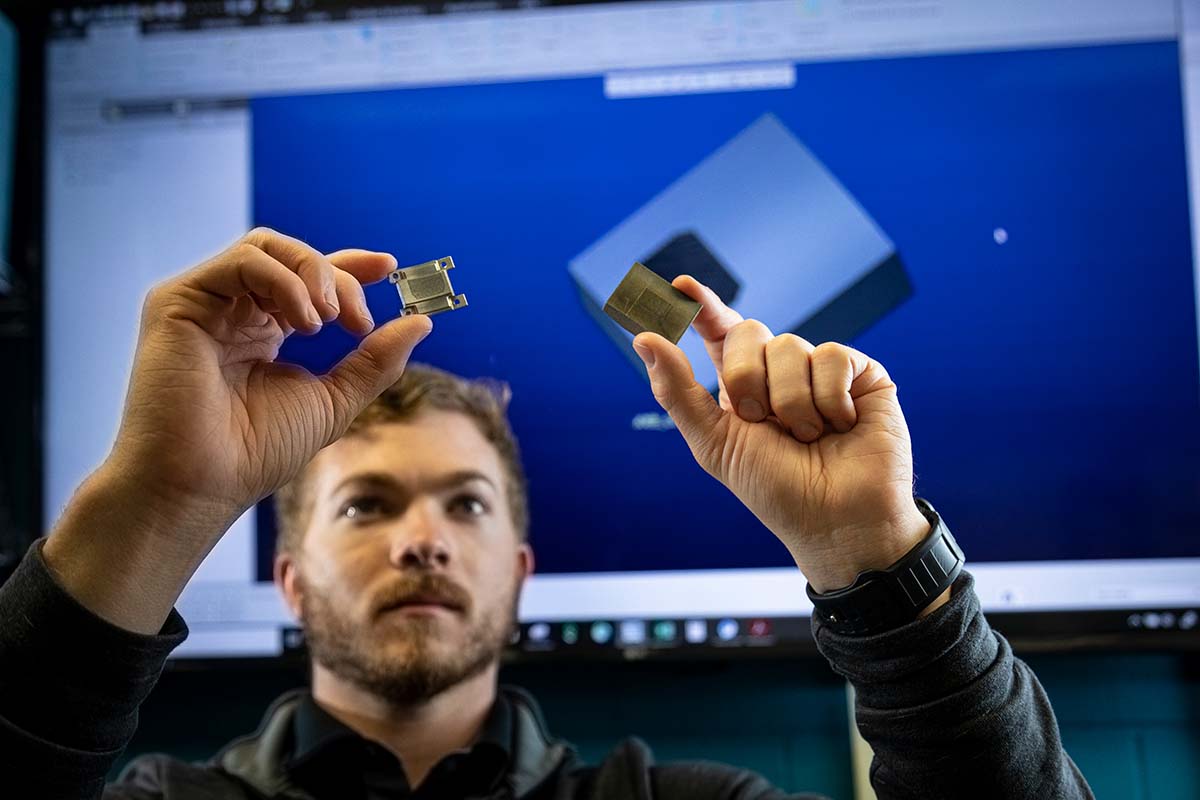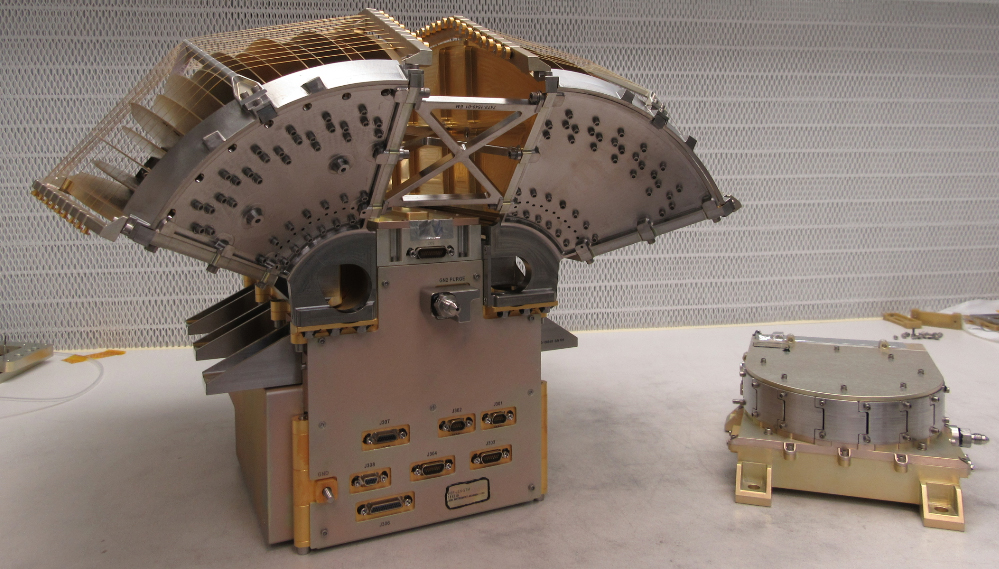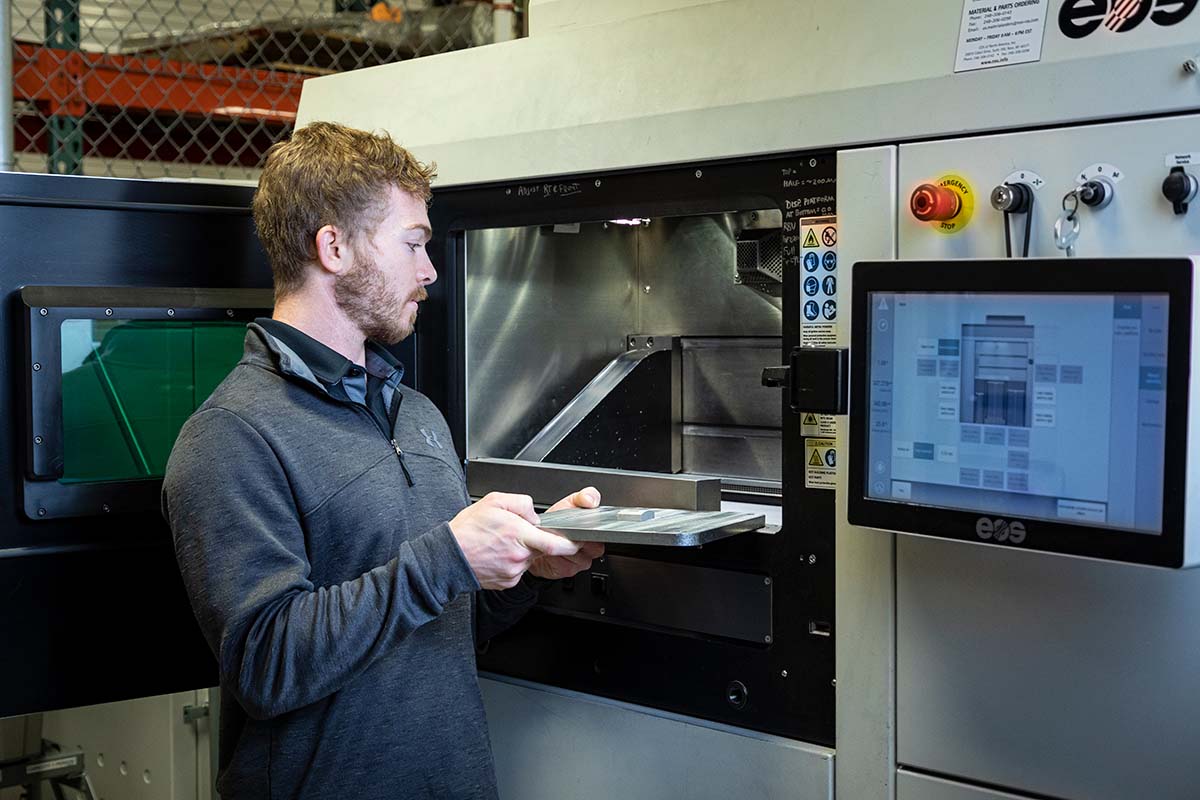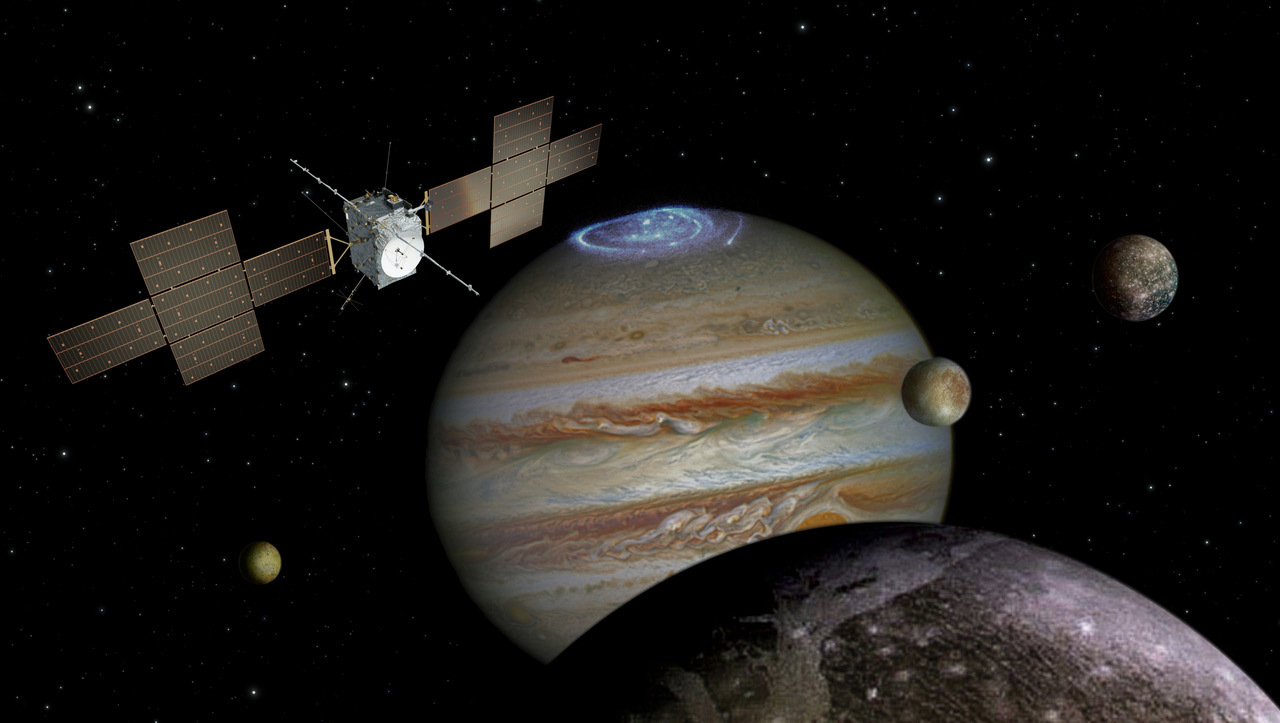News
Additive Manufacturing Collaboration Yields Custom Collimator for Jupiter Mission
Additive manufacturing in the realm of space exploration is still fairly new, having been introduced in the last decade. The first structural “AM” parts to be launched into space were a set of eight titanium waveguide brackets onboard NASA’s 2011 Juno mission to Jupiter.
The move to include additively manufactured parts on a spacecraft was considered potentially risky. For spacecraft and instruments, which undergo a seemingly endless battery of tests before launch, the largely untested capability of a 3D-printed part in space carried too many unknowns. Fortunately, AM fared well on Juno, and the development of spacecraft instrument parts by this method (including 3D printing) has continued to improve — allowing engineers to take advantage of an ability to create intricate components faster and more easily.
Now, the Johns Hopkins Applied Physics Laboratory (APL) is taking the plunge with its own additively manufactured metal part on the Particle Environment Package (PEP)-Hi instruments aboard the European Space Agency’s (ESA’s) JUpiter ICy moons Explorer (JUICE) mission, a first for the Lab.
JUICE aims to study gas giant Jupiter as well as its three biggest moons, Ganymede, Callisto and Europa, which are thought to harbor water beneath their icy surfaces. The mission, launching in 2022 and then traveling for seven years toward its targets, will try to determine whether those ocean worlds can support life. JUICE will rely on a sizeable payload of 10 instruments, including PEP, which consists of six sensors that will map the plasma surrounding Jupiter.
APL is building one of those sensors, PEP-Hi, which comprises two particle detection instruments: Jovian Energetic Electrons (JoEE) and Jupiter Energetic Neutrals and Ions (JENI).



